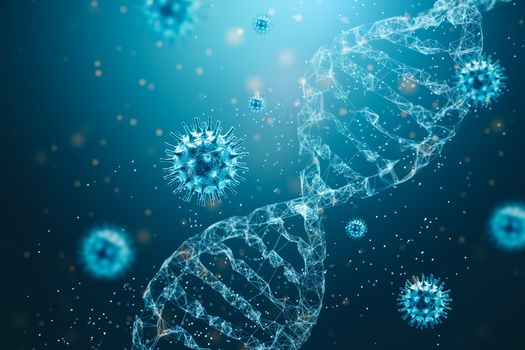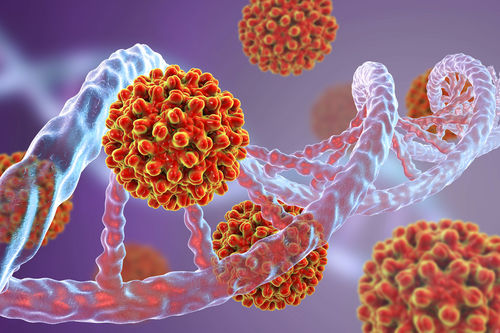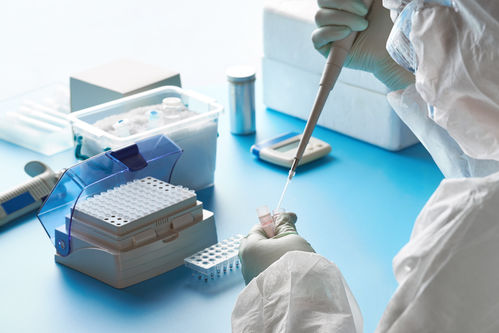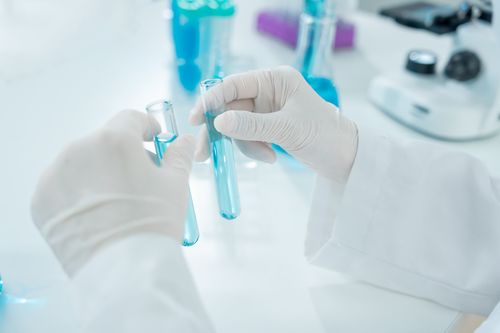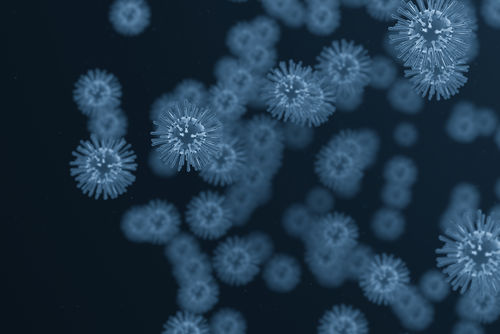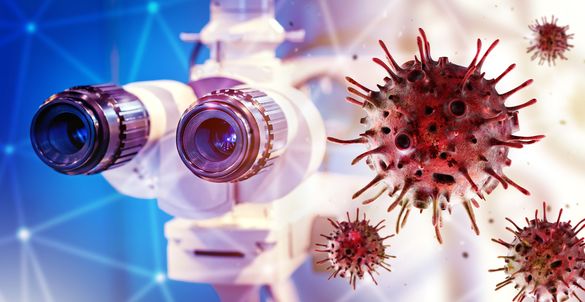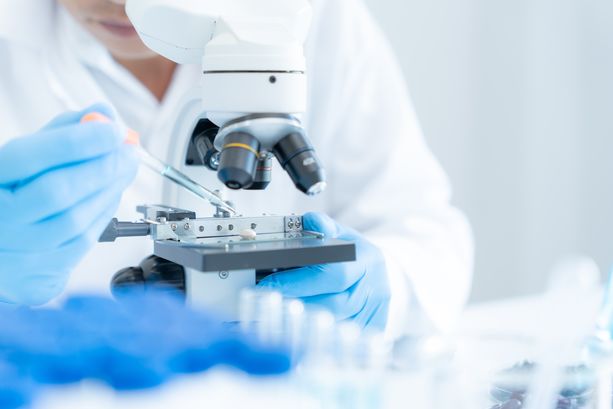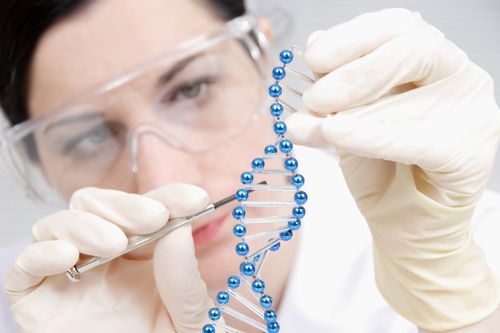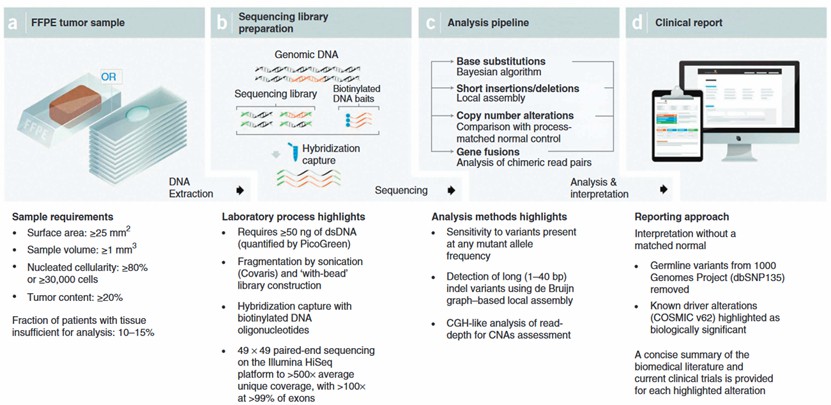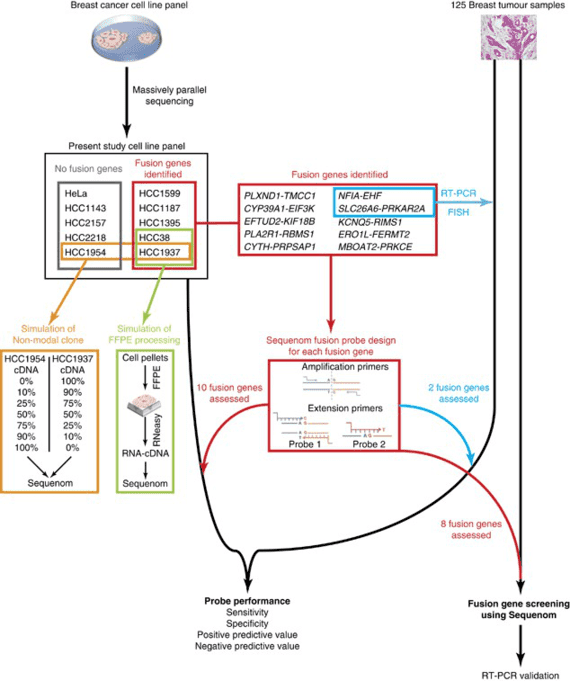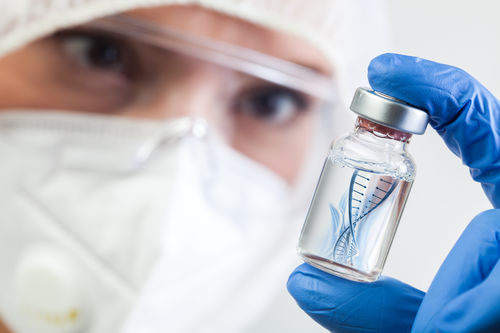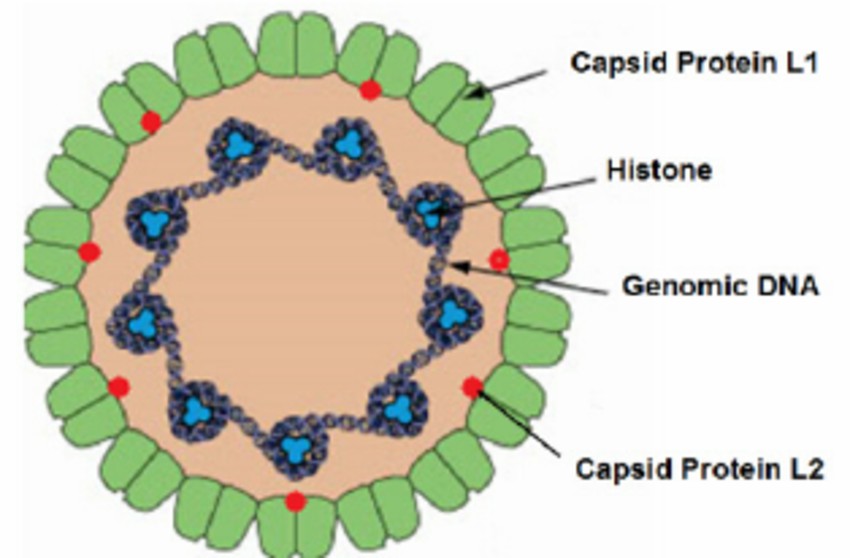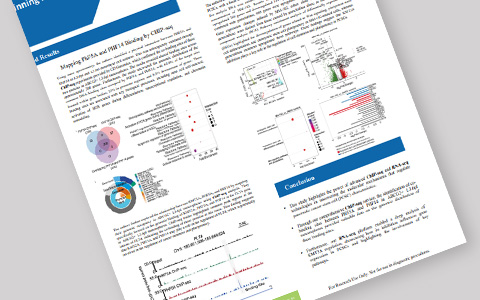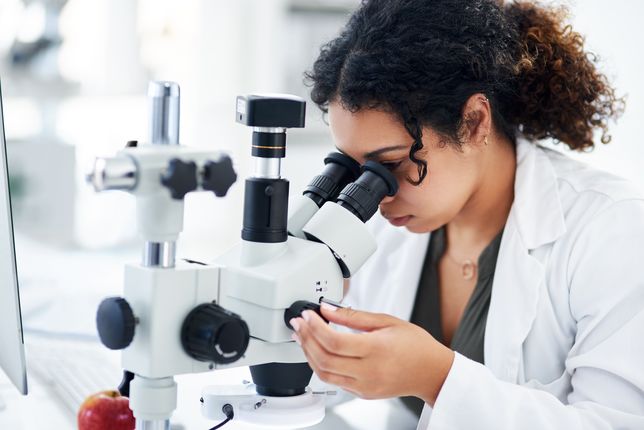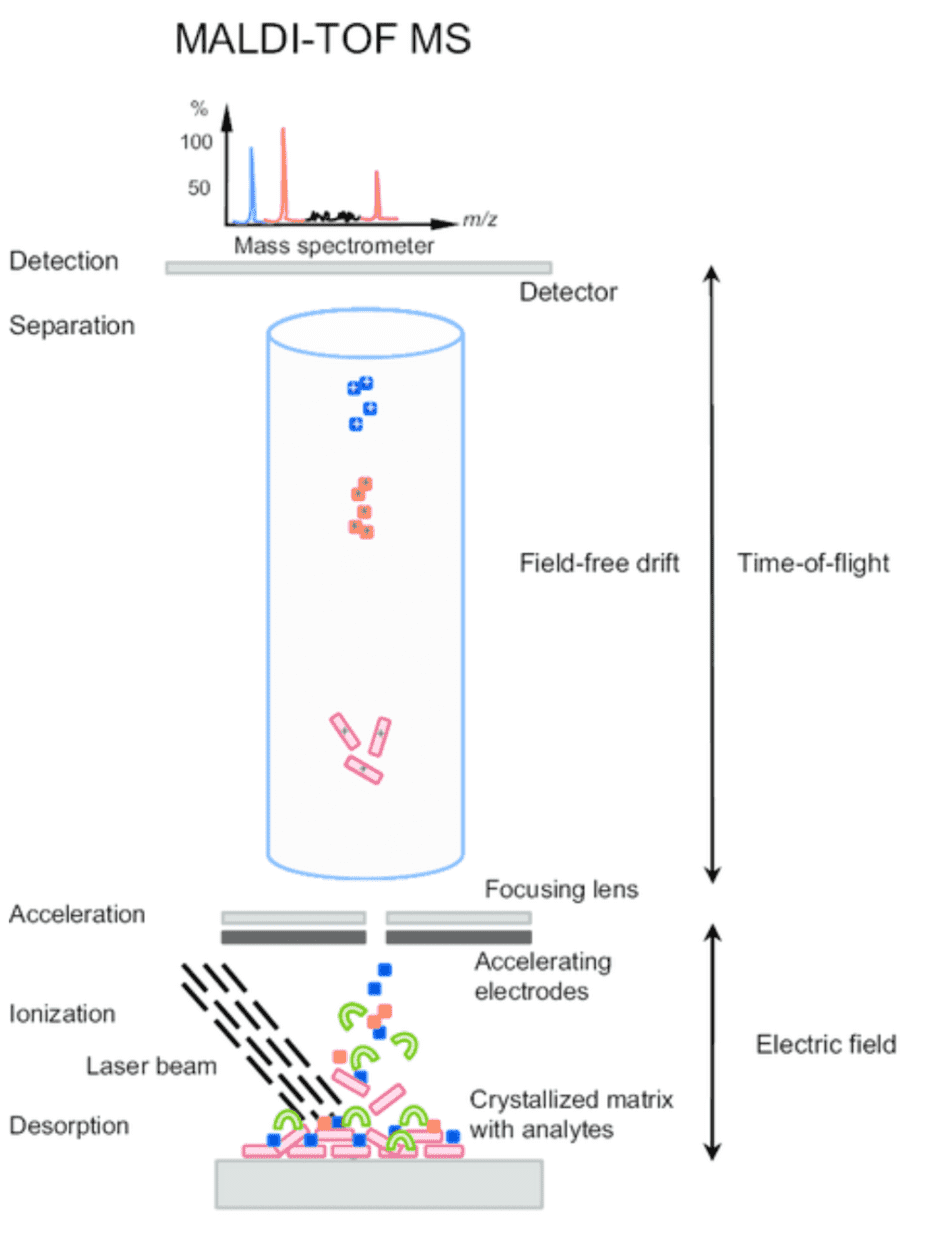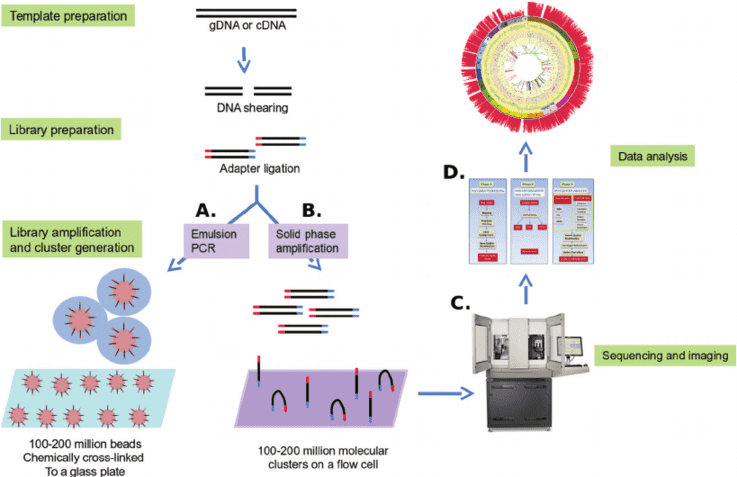Custom Muscular Dystrophy Panel
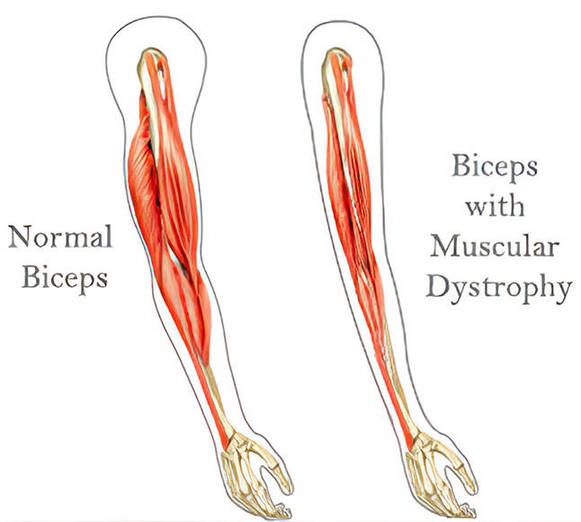
What are muscular dystrophies?
Muscular dystrophies are a set of diseases that result in progressive weakness and loss of muscle mass. The main symptom of muscular dystrophies is progressive muscle weakness and begins at different ages and in different muscle groups. One of the most diseases is Duchenne muscular dystrophy (DMD) which is more common in young boys with a modality of 8.3 in 1000,000. One-third of boys with DMD harbor spontaneous mutation without a family history. Other dystrophies include Becker muscular dystrophy, Myotonic, Facioscapulohumeral (FSHD), Congenital and Limb-girdle. Different muscular dystrophies result from various genetic mutations. Most mutations are inherited but some are subject to sudden abnormal changes. Muscular dystrophy happens in all genders, ages and races, and tends to pass on to the offspring. What's worse, muscular dystrophies can not be cured yet, and cause a lot of inconvenience in daily life.
Disease-related gene description
Muscular dystrophy is a group of diseases with different gene variants, and most of the mutations have been found. DMD is the largest known human gene and encodes dystrophin, forming a component of the dystrophin-glycoprotein complex (DGC). DGC can bridge the inner cytoskeleton and the extracellular matrix, and protect the muscle from strain-related damage during exertion. In most cases, DMD mutations that preserve the reading frame leads to the milder Becker muscular dystrophy. While mutations of DMD that disrupt the reading frame cause more severe DMD. In addition, it has been reported classic myotonic dystrophy is related to a CTG trinucleotide repeat in the 3' untranslated region of the DMPK gene and proximal myotonic myopathy is associated with a CCTG tetranucleotide repeat within an intron of CNBP. The CTG trinucleotide repeat will not affect the function of the DMPK gene, but form hairpin structures that bind to proteins that regulate the splicing machinery, such as members of the muscle blind family of RNA-binding proteins and chloride channel CLCN1. CCTG tetranucleotide repeat also forms a hairpin structure, binding proteins that regulate the splicing machinery. There are also other variants affecting different types of muscular dystrophy, including DUX4 and SMCHD1 in Facioscapulohumeral dystrophy, LAMA2 in Congenital muscular dystrophy with merosin deficiency, and so forth.
To have a better understanding of gene mutations related to different muscular dystrophy, our platform provides the targeted DNA sequencing by the Illumina MiSeq or Ion PGM system. You can choose genes of interest for your research from our comprehensive muscular dystrophies panel.
Custom muscular dystrophy panel offers but are not limited to:
- In order to detect low frequency variants, unparalleled coverage uniformity and highly targeted sequencing is provided with Illumina MiSeq system.
- Customizable muscular dystrophies panel covers comprehensive genes related to different diseases, which meets your specific requirements and saves costs.
- Further validation and strict quality control will also be applied to every detected genetic variant and each step ensures the validity, accuracy and repeatability.
- Our custom panel content is updated with the frontiers from latest literature about muscular dystrophies.
- Custom muscular dystrophies panel provide you a comprehensive library or you can discuss your own panel to reach your requirements.
Choose the genes that suit you from the muscular dystrophy gene list
| ACTA1 |
ANO5 |
B3GNT1 |
B3GNT2 |
BAG3 |
BIN1 |
CACNA1S |
| CAPN3 |
CAV3 |
CFL2 |
CHAT |
CHRNA1 |
CHRNAB1 |
CHRND |
| CHRNE |
CLCN1 |
CNBP |
COL6A1 |
COL6A2 |
COL6A3 |
COLQ |
| CPT2 |
CRYAB |
DES |
DMD |
DMPK |
DNAJB6 |
DNM2 |
| DOK7
|
DUX4 |
DYSF |
EMD |
ETFA |
ETFB |
ETFDH |
| FHL1 |
FKRP |
FKRP |
FKTN |
FLNC |
GAA |
GFPT1 |
| GNE |
GTDC2 |
ISPD |
ISPD |
KBTBD13 |
KCNJ18 |
KCNJ2 |
| LAMA2 |
LARGE |
LDB3 (ZASP) |
LMNA |
MTM1 |
MYH7 |
MYOT |
| NEB |
PABN1 |
POLG1 |
POMGnT1 |
POMT1 |
POMT2 |
PYGM |
| RAPSN |
RYR1 |
SCN4A |
SEPN1 |
SEPN1 |
SGCA |
SGCB |
| SGCD |
SGCG |
SLC22A5 |
SMCHD1 |
SYNE1 |
SYNE1 |
SYNE2 |
| SYNE2 |
TIA1 |
TMEM43 |
TNNT1 |
TPM2 |
TPM3 |
TTN |
| ZASP |
|
|
|
|
|
|
Specimen requirements of our custom muscular dystrophy panel
- Specimen: whole blood, saliva or extracted DNA (not FFPE-compatible).
- Volume: 8 mL whole blood, 2 mL saliva or min. 1 μg DNA.
- Collection: blood is collected by routine blood collection and saliva is collected by spitting into the provided container. DNA samples are stored in TE buffer or equivalent.
- Container: lavender-top (EDTA) tube or yellow-top (ACD) tube.
Gene panel workflow

For more information about the Custom Muscular Dystrophy Panel or need other amplification requirements, please contact us.
References:
- Shieh P. B., Muscular Dystrophies and Other Genetic Myopathies. Neurologic Clinics, 31 (2013) 1009–1029.
- Carter J. C., et al. Muscular Dystrophies. Clinics in Chest Medicine, 39 (2018) 377–389.
- Mathews K.D., Muscular dystrophy overview: genetics and diagnosis. Neurosurgery Clinics of North America, 21 (2003) 795–816.
* For research purposes only, not intended for clinical diagnosis, treatment, or individual health assessments.
Related Services
Related Products
Related Resources


